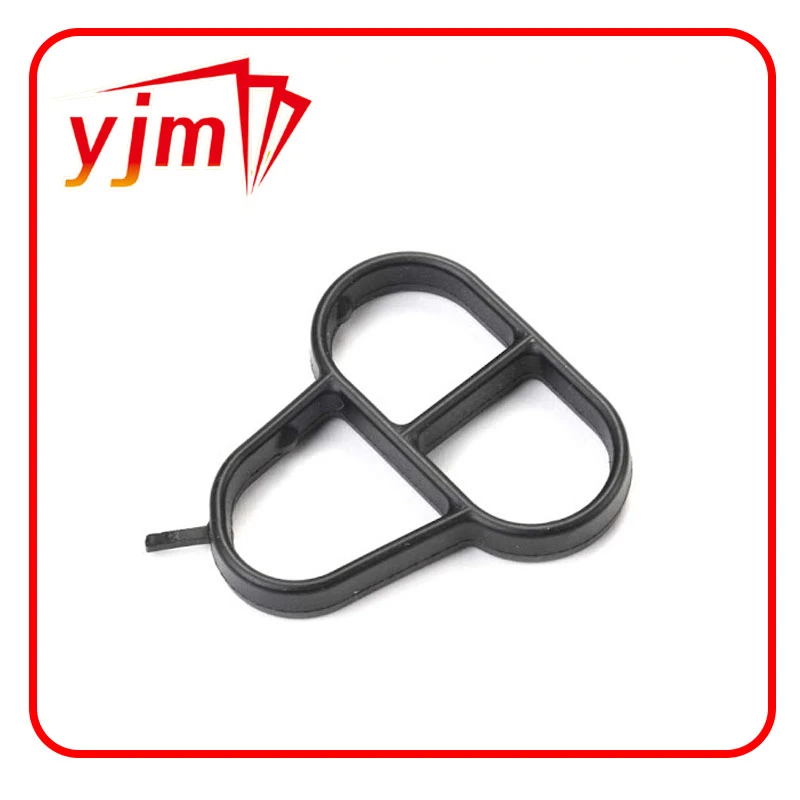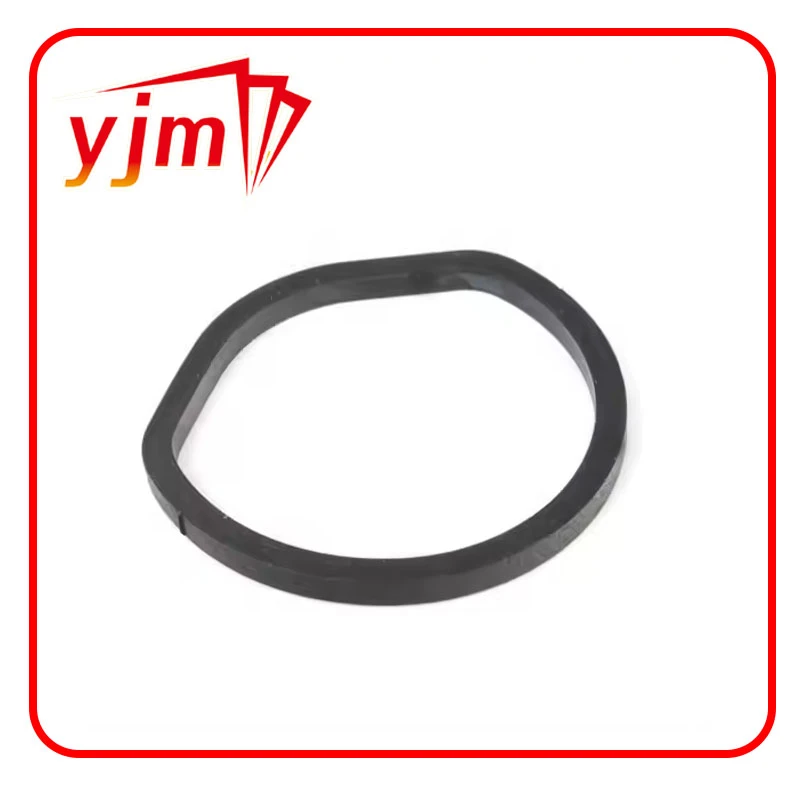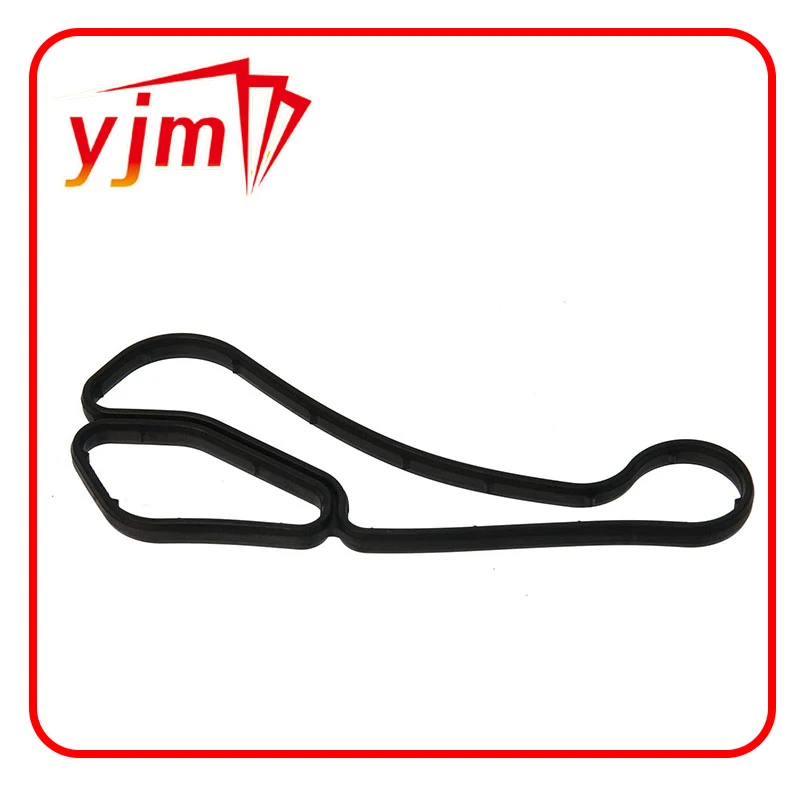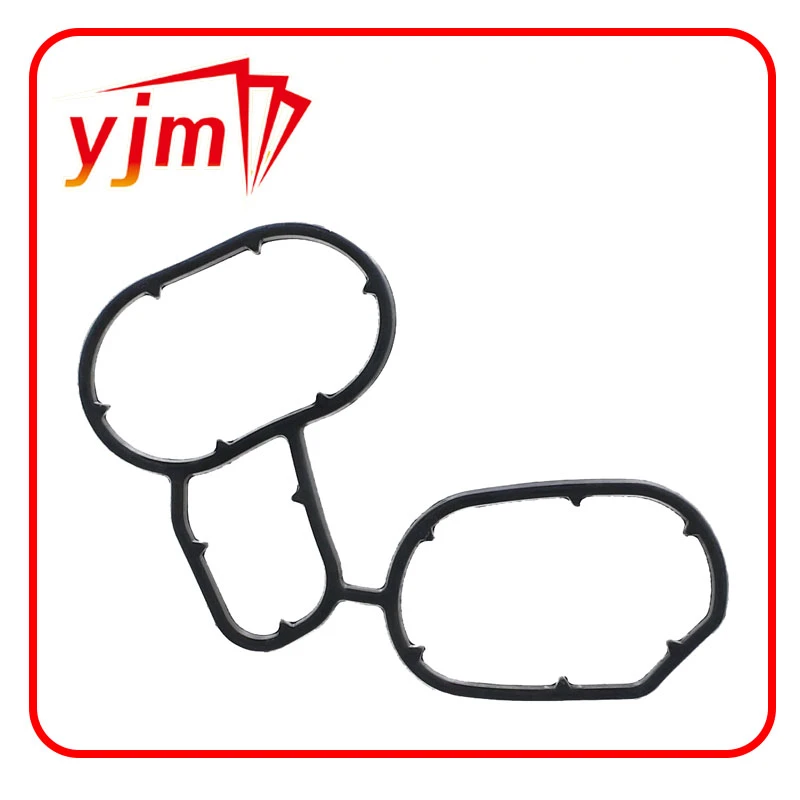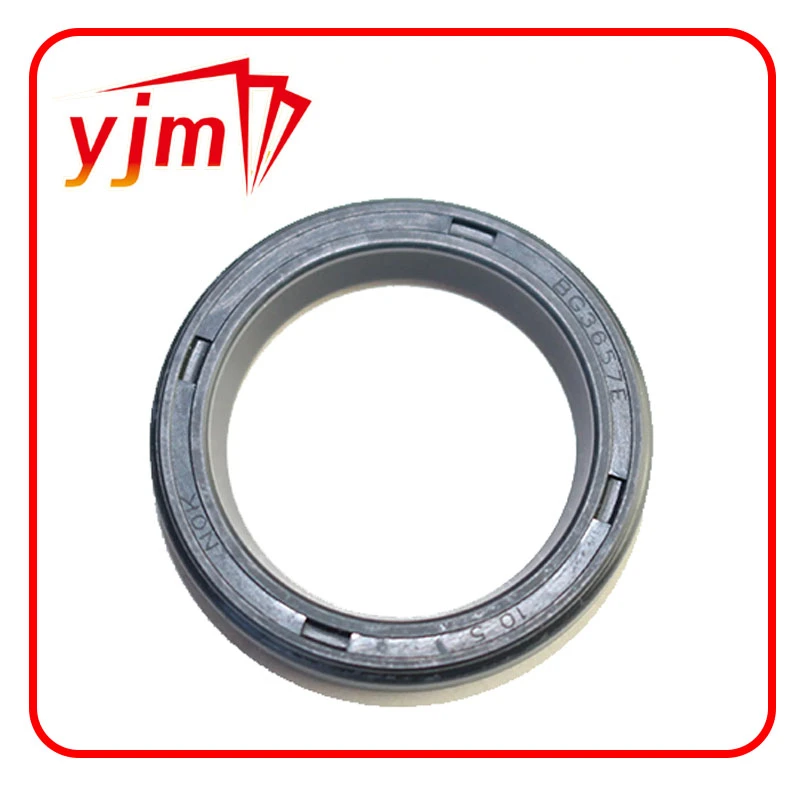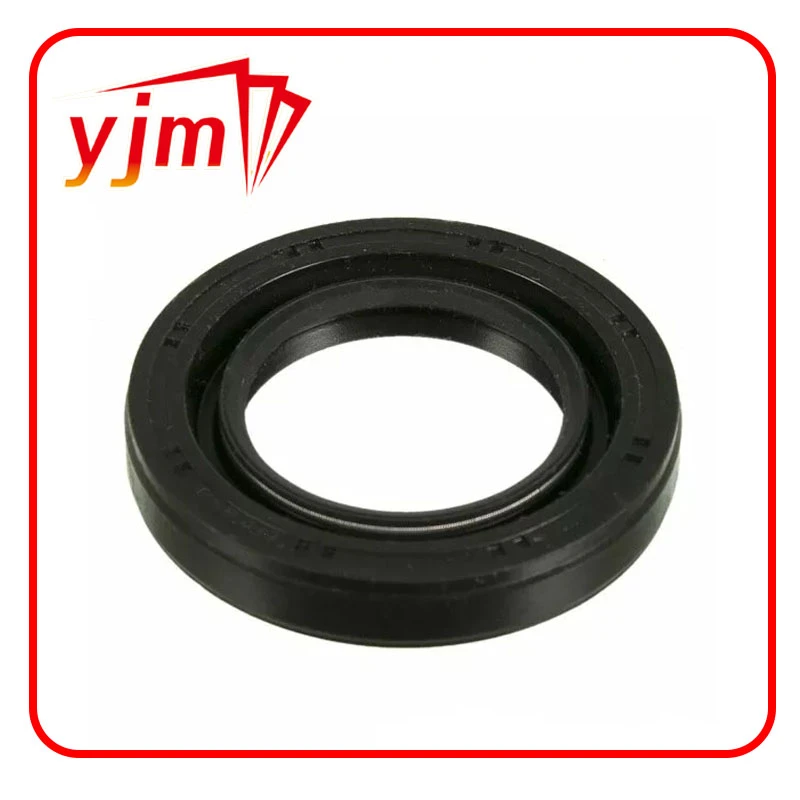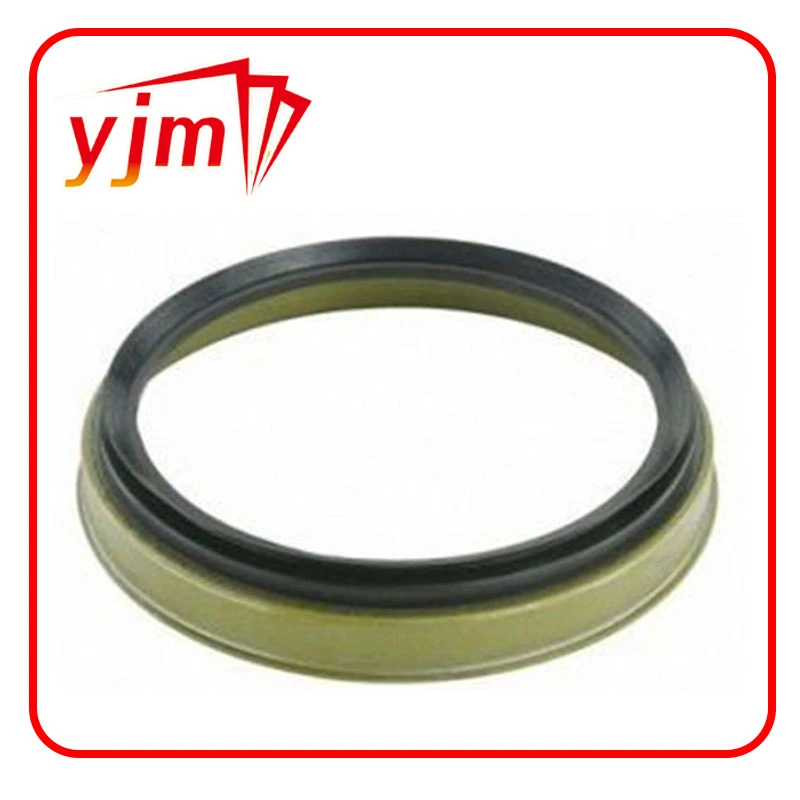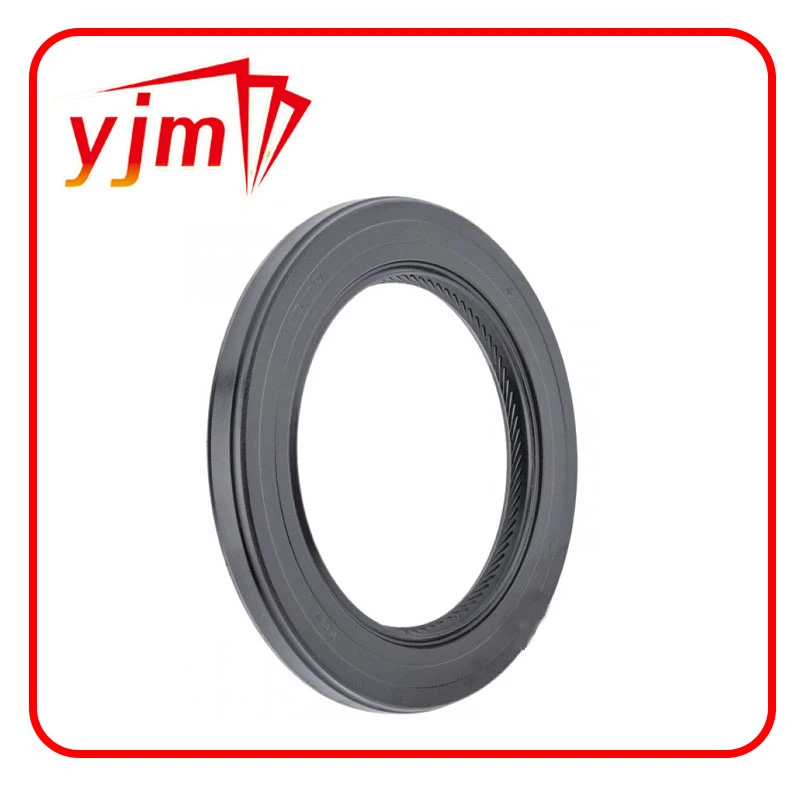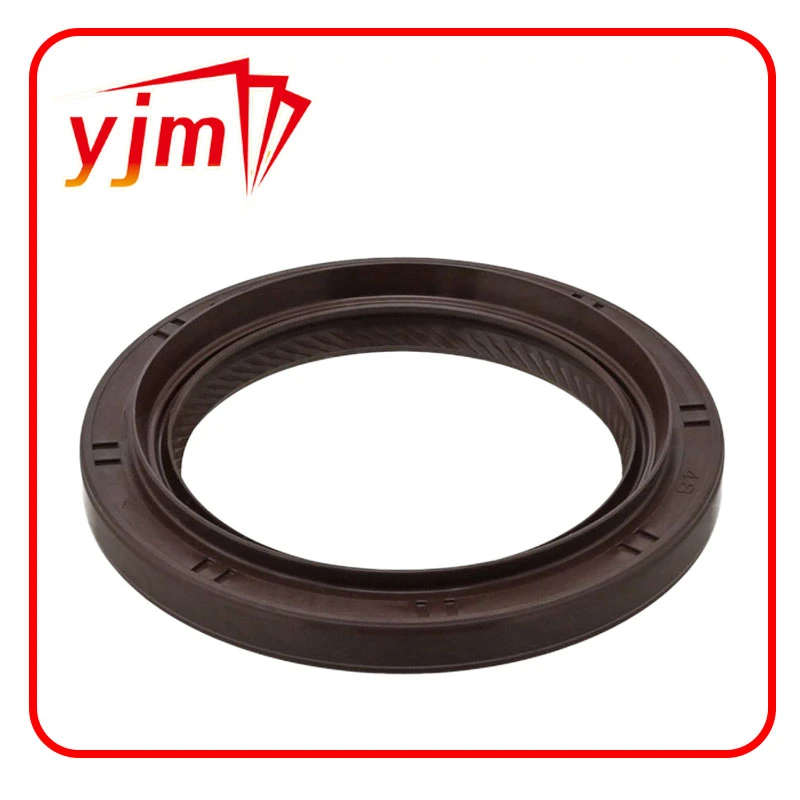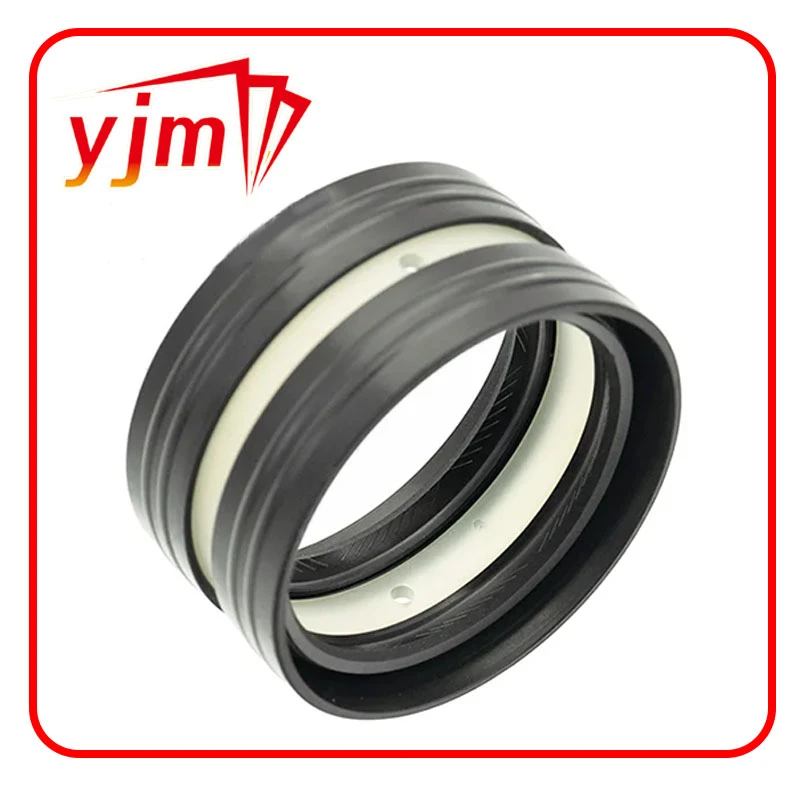How to Fix and Prevent Drain Plug Leaks: Essential Tips for a Smooth Oil Change
The drain plug is a small but vital part of your vehicle’s engine maintenance routine. It seals the oil pan and allows for draining old oil during an oil change. However, issues like a drain plug leaking or a drain plug loose can cause oil loss, engine damage, and messy repairs. Understanding how to properly handle the drain plug oil change process and how to avoid problems with the drain plug nut is key to keeping your engine healthy and your workspace clean.

This article covers common drain plug problems, how to fix a drain plug leaking oil, and tips to ensure a secure seal every time you change your oil.
Common Causes of Drain Plug Leaking and How to Identify Them
A drain plug leaking is one of the most common issues that car owners face during or after an oil change. When the seal between the plug and oil pan fails, oil escapes, causing leaks under your vehicle and reducing engine lubrication.
Common Reasons for Drain Plug Leaking Oil:
Loose Drain Plug: Over time or after an oil change, the drain plug loose can cause oil to seep or gush out. A plug that isn’t tightened to the correct torque is the most frequent culprit.
Damaged or Missing Gasket: Most drain plugs have a crush washer or gasket between the plug and oil pan. If this seal is damaged, old, or missing, oil can leak.
Stripped Threads: Repeated use or overtightening can strip the threads in the oil pan or on the plug itself, preventing a proper seal.
Cross-threading: When the plug is not inserted correctly, the threads get damaged, causing leaks.
Cracked Oil Pan or Plug: Physical damage to either part can also result in leaks.
How to Identify a Drain Plug Leak:
Fresh oil puddles directly beneath the drain plug location
Visible oil on the plug or surrounding oil pan
Low oil levels shortly after an oil change
Burning oil smell from oil dripping onto hot engine components
If you notice any of these signs, address the leak promptly to avoid engine damage.
How to Properly Perform a Drain Plug Oil Change to Avoid Leaks
Performing a drain plug oil change correctly is the best way to avoid leaks and keep your engine running smoothly. Here’s a step-by-step guide to help you get it right:
Step 1: Prepare the Vehicle
Park your vehicle on a level surface and engage the parking brake.
Warm up the engine for a few minutes to thin the oil, then turn it off.
Step 2: Gather Tools and Supplies
Wrench or socket suitable for your drain plug nut
Oil drain pan
New oil and oil filter
Replacement crush washer or gasket for the drain plug
Clean rags and gloves
Step 3: Remove the Drain Plug
Position the drain pan beneath the oil pan.
Carefully loosen the drain plug nut using the correct wrench size.
Slowly remove the plug by hand to allow the oil to drain gradually and avoid splashing.
Step 4: Inspect and Replace Gasket
Remove the old crush washer or gasket from the plug.
Clean the plug and oil pan mating surface thoroughly.
Install a new gasket or crush washer on the plug to ensure a tight seal.
Step 5: Reinstall the Drain Plug
Screw the plug back in by hand to avoid cross-threading.
Tighten the plug using a torque wrench to the manufacturer’s recommended specification. Over-tightening can strip threads or damage the gasket, while under-tightening causes leaks.
Step 6: Complete the Oil Change
Replace the oil filter and add new oil according to your vehicle’s requirements.
Start the engine and check for leaks around the drain plug area.
Fixing a Loose or Leaking Drain Plug and Preventive Measures
If you notice a drain plug loose or drain plug leaking oil, here are some solutions to fix and prevent recurring issues:
Fixing a Loose Drain Plug:
Tighten the plug to the correct torque using a torque wrench. Avoid guessing or overtightening.
Replace the crush washer or gasket with a new one to improve sealing.
Repairing a Leaking Drain Plug:
If the gasket is damaged or missing, replace it immediately.
For stripped threads, you can try a thread repair kit like a helicoil, or use an oversized drain plug designed for thread repair.
If cross-threaded, the oil pan hole may need to be retapped or repaired professionally.
Preventive Tips:
Always use a new crush washer or gasket when reinstalling the drain plug.
Use a torque wrench to tighten the plug to the exact specifications provided in your vehicle’s manual.
Inspect the drain plug threads and oil pan threads for wear or damage during every oil change.
Consider upgrading to a magnetic drain plug, which helps trap metal particles and sometimes comes with improved sealing designs.
The drain plug is a small but vital part of your vehicle’s oil system. Issues like a drain plug leaking, drain plug loose, or damaged drain plug nut can cause messy leaks and engine problems if left unattended. By understanding the causes of leaks, learning how to properly perform a drain plug oil change, and taking preventive measures, you can keep your engine oil sealed tight and avoid unnecessary headaches.
Remember: always replace the gasket, avoid overtightening, and use a torque wrench to ensure a proper seal. With these tips, your oil changes will be cleaner, faster, and leak-free—helping your engine run smoothly for miles to come.
-
Seal 12x20x5: Precision Radial Shaft Seals for Industrial Reliability
News Nov.24,2025
-
Seal 12x18x5: Essential Guide to Specifications, Applications & Vendors
News Nov.24,2025
-
Understanding Seal 12 20 5: Applications, Specifications & Industry Insights
News Nov.23,2025
-
Durable Oil Seal 85x110x12 – Reliable Sealing Solutions for Industry
News Nov.23,2025
-
Durable and Precise Oil Seal 75x95x10 for Efficient Machinery | YJM Seal
News Nov.22,2025
-
Durable Oil Seal 75x100x10 for Reliable Industrial Performance | YJM Seal
News Nov.22,2025
-
High-Quality Oil Seal 65x90x10 | Durable & Reliable Sealing Solutions
News Nov.22,2025
Products categories

